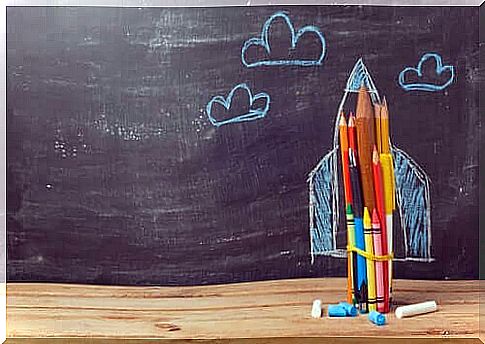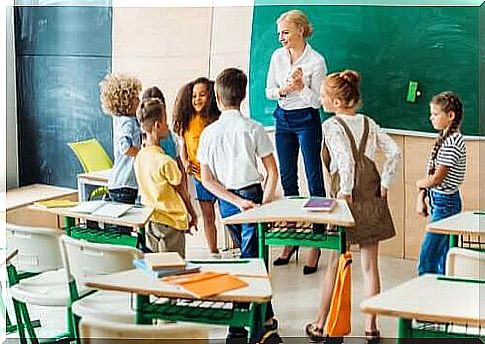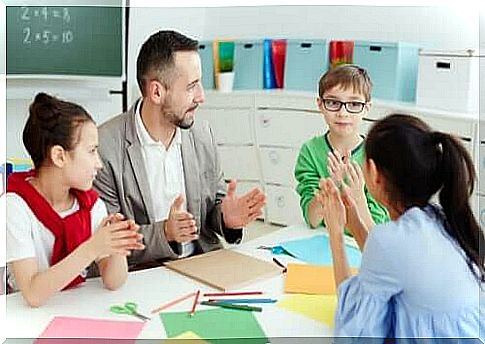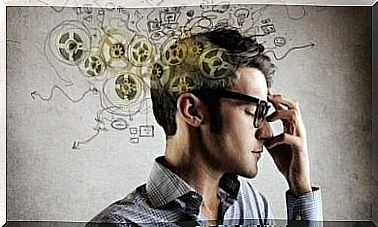We Can Transform Education

Many colleges have begun a transformative education and have moved away from the lecture format. Instead, students want to leave the classroom with more than just theoretical knowledge. We are talking about places that teach children to think critically and transform education.
They believe that it is important for students to only accept ideas based on solid arguments and verified empirical data. These colleges argue that education integrated with new methods and learning that is both common and collaborative is better than older models.
Under such a system, teachers stop trying to transfer knowledge. Instead, they try to generate greater participation, rather than filling students’ minds with knowledge.
In other words, teachers teach their students by defining the topic they want to discuss. Students tell the teacher what they are actually interested in. In most cases, this tends to extend beyond textbook material.

Transform education into learning beyond books
This is a methodological initiative that sets textbooks aside and prioritizes human development. It allows students to use other resources, cell phones and tablets in the classroom. It breaks with time periods and spaces that normal school organizations traditionally establish.
Moreover, it is very different from many consolidated systems. As you might imagine, all this arouses some fear and doubt from traditionalists.
This method requires greater effort than for traditional lecture-based classes. Apart from that, it considers textbooks as the comfort zone. Any other method means more resources, more work, more time and most importantly, more uncertainty.
Student explorers and teachers are mostly guides. Learning is built up little by little, where the student creates the content on the basis of different sources of information. In the process, they gradually learn to distinguish between reliable and unreliable information.
The goal of testing is also to learn, not just pass or dump. This supposedly helps with the student’s personal and academic development.
Different methods that differ from traditional learning
- Reverse classroom. This is a method that “turns” the classroom upside down. Specifically, teachers ask students to study at home and instead work on group activities in the classroom. They have access to material that the teacher provides and creates. Some examples of such material are blogs and videos. The student truly becomes the center of the learning experience. They do participatory activities in a dynamic and interactive learning process. The teacher, on the other hand, assumes the role of merely an indicative presence.
- Project-based learning. The main goal of this method is that the student learns by performing. The end result is a final project that solves a real-world problem. Still, what really matters is not the ending, but the journey. Through this method, educators can also get the student to apply the knowledge they have acquired under different and changing circumstances. This is meant to help them understand how to handle real-life situations, with greater skill.
- Gamification. This method attempts to transfer elements from games to education. It’s a way to motivate students in a fun way. As with all games, the instructor sets goals and ways to work while playing. They can define levels, different challenges and prizes. In this way, they control the game to cover the content they intend to teach.
- Thought-based learning. This type focuses on getting students to think with a set of guidelines that the teacher sets. Its main goal is specifically to get students to think reflexively and critically about study topics or material. It emphasizes decision-making skills and questions the sincerity of information to develop creative ideas and deeper understanding.
Many opportunities to transform education
These, and many other alternative methods, are opportunities for educators to transform education. They can help develop a learning and teaching system that does not only focus on memorization in order to pass an exam.
Instead, they try to go far beyond this and put the student at the center of the process. Thus, the student can have a far more marked learning experience.
The majority of these training strategies have also existed for many decades. Yet new technology now allows them to evolve further.

The importance of technology
Technology has also become a part of our daily lives. New technologies provide beneficial opportunities for the learning and teaching process. They can help transform education by linking knowledge to real-world applications as well as to students’ interests and motivations.
School and education cannot remain static institutions. Nor can they remain on the fringes of societal change. Integrating technology into the classroom is necessary for young people to move forward in this new society without any problems.
Alternative methods that transform education
Experts have not yet identified a single perfect format for learning. As such, new methodological and social challenges in education must focus on teaching children as the citizens of the future.
These methods require greater effort than lecture formats in which the student maintains a passive and receptive position. They do not use exams as the only means of evaluation. Rather, they encourage students to participate in a more active and motivating way.









